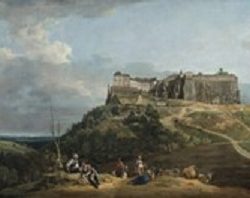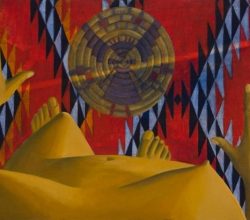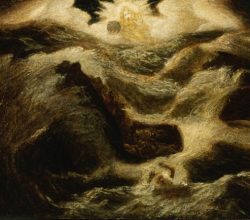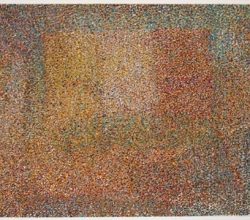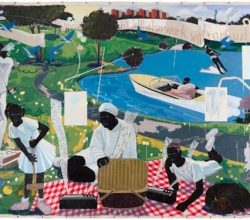
The epic style of Kerry James Marshall
Calvin Tomkins | The New Yorker | 9th August 2021
This beautifully written profile has an epic quality, reflecting the writer’s belief that Marshall is “a great artist, a virtuoso”. His works, “figurative but not realistic”, carry an historical narrative but with a contemporary feel. Cumulatively, they express Marshall’s grand theme – “there has always been more to the Black experience in America than oppression … Black lives have been and can be rewarding, diverse, and full of joy.”


